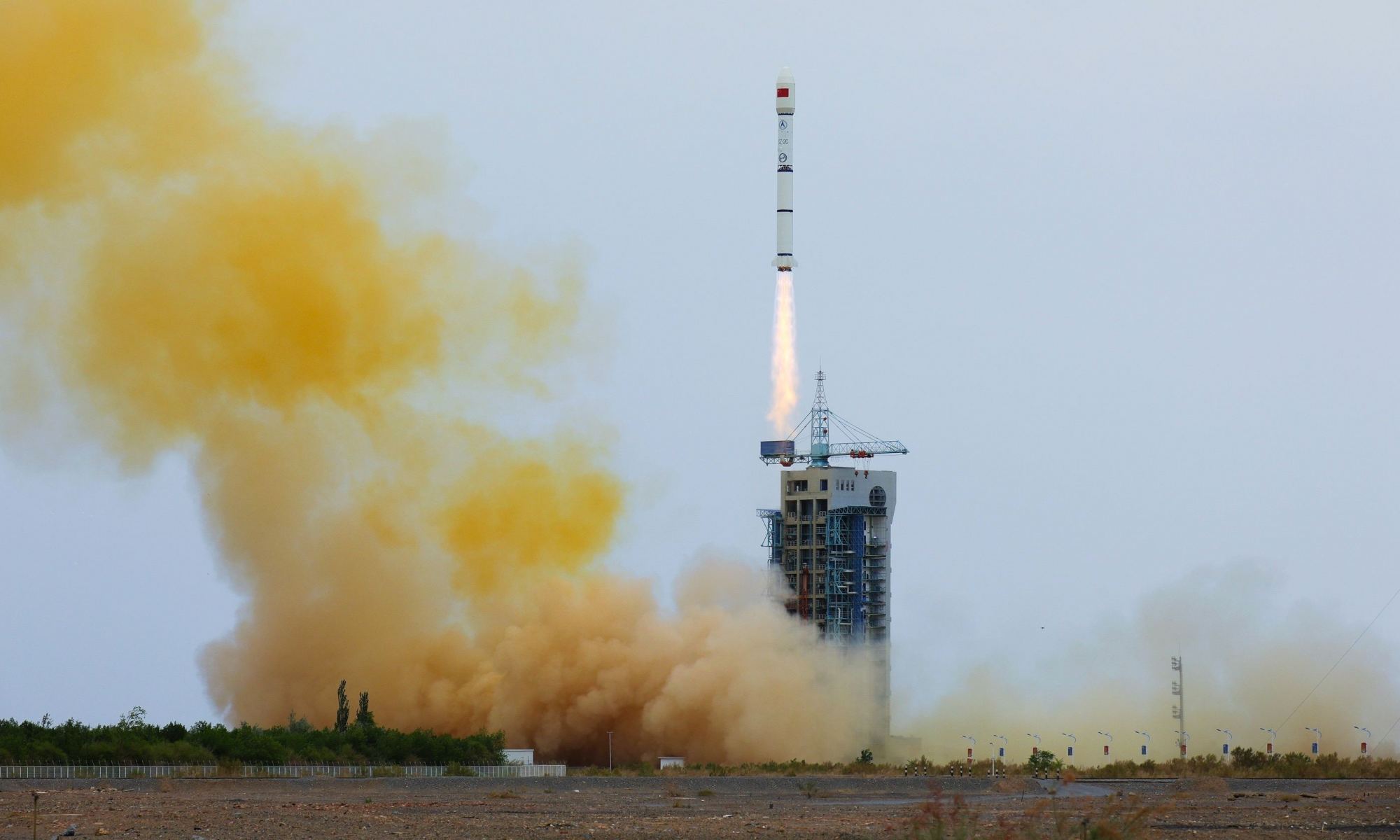Since 2019, Elon Musk and SpaceX have led the charge to create high broadband satellite internet services. As of May 2023, the Starlink constellation consisted of over 4,000 satellites operating in Low Earth Orbit (LEO) and roughly 1.5 million subscribers worldwide. Several competitors began launching constellations years before Starlink began, and several companies have emerged since. This includes HughesNet, OneWeb, and Amazon’s Kuiper Systems. But Starlink’s latest challenger could be its most fearsome yet: a company in China backed by the Beijing government!
On Sunday, July 9th, a prototype internet satellite was launched aboard a Long March 2C carrier rocket from China’s Jiuquan Satellite Launch Center in Inner Mongolia. The satellite has since entered a predetermined orbit, where it will conduct several tests to validate the broadband satellite technology. The long-term aim of the project is to create a constellation of 13,000 satellites code-named “Guo Wang,” – which loosely translates to “state network” in Mandarin – reflecting Beijing’s vision for a state-run share of the satellite internet market.
This project was created by China’s State-Owned Assets Supervision and Administration Commission (SASAC), which oversees China’s largest state-owned enterprises and is led by Chinese company SatNet. According to filings issued to the International Telecommunication Union (ITU), the company intends to create two constellations (GW-A59 and GW-2) with a coverage of 37.5 to 42.5 GHz (space-to-Earth) and 47.2 to 51.4 GHz (Earth-to-space). According to multiple sources, this constellation is part of a wider effort by China to stake its claim to the growing satellite internet market.

According to a report by Grand View Research, Inc., the satellite internet market was valued at $8.23 billion in 2022 and is expected to reach $22.57 billion by 2030 – a compound annual growth rate (CAGR) of 13.6%. The number of satellite internet users worldwide went from 43 million in 2020 (roughly 1% of global internet users) and is expected to grow to 110 million by the end of the decade (roughly 1.4% of global users). Despite their success, Starlink’s market share is only about 3.5%, and future growth is expected to be driven by developing countries in Africa, Asia, Latin America, and elsewhere.
The Chinese government opened the satellite internet market to private investment in 2014, and roughly two dozen projects have been started since then. This includes GalaxySpace, China’s first satellite internet developer, thanks to financing by venture firms and the partly government-led China International Capital Corporation (CICC), valued at $1.5 billion last year. A similar trend is happening worldwide, where governments are providing significant funding for satellite internet companies to provide broadband services for underserved markets.
China has committed to several ambitious programs in recent years. This includes the creation of an International Lunar Research Station (ILRS) in the South Pole-Aitken Basin that will rival the Artemis Program. There’s also China’s secret space plane, a competitor to the U.S. Space Force’s X-37B, which returned to Earth a few months ago after spending 276 days in orbit. There’s also the way they have established landing platforms at sea, began developing the super-heavy Long March-9 rocket, and proposed sending crewed missions to Mars, starting in 2033 (same as NASA).
And as recent developments suggest, China also wants to make its presence felt in the commercial space sector. Beyond satellite internet services, they are also working on reusable rockets and have dropped hints about reusable rockets similar to the Starship and Super Heavy. In keeping with China’s modus operandi, the process appears to be state-driven, with private industry fulfilling mandates and objectives set by the government.
Further Reading: CGTN

